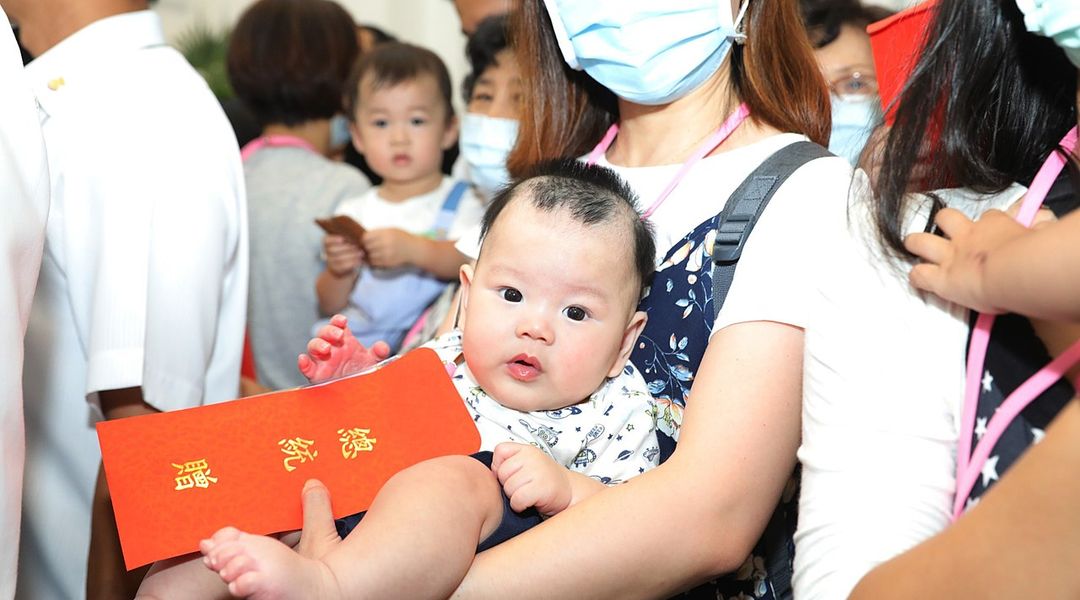For the third consecutive year, China’s population has declined. To revive the country’s birth rate, authorities are relying on incentive-based policies as well as intrusive campaigns targeting women.
"Are you pregnant?” “When was your last period?” These are the types of intrusive questions Chinese women of childbearing age might face […] Dozens of Chinese women reported receiving intrusive phone calls from government officials or family planning workers. Their goal? To encourage couples to have one, two, or ideally three children. “These calls aim to exert strong social pressure on women,” explained Isabelle Attané, a sinologist and demographer at the French National Institute for Demographic Studies.
…
Amid demographic decline, the Chinese government appears willing to infringe on women’s rights. Access to abortion—currently permitted at all stages of pregnancy—has become a hot topic of debate in government circles. According to Isabelle Attané, contraception is also now under scrutiny: “During the one-child policy, all married couples had access to free contraception, but today the government may roll back those measures.”
…
Despite its efforts, China has struggled to escape the demographic crisis it has plunged itself into. In 1979, the People’s Republic of China implemented the one-child policy. Economic penalties facilitated access to contraception, and even forced abortions allowed the government to limit births for nearly four decades.
…
Starting a family: A costly investment
The government adjusted its natality policies again in 2021 when the second amendment to the Population and Family Planning Law was adopted. Couples can now have up to three children and receive public support. The law includes extended maternity leave, expanded childcare services in workplaces, and increased social benefits for parents.
…
These measures are especially welcome in a country where starting a family is a significant financial burden. A recent study published in Yangzi Wanbao found that China is the second-most expensive country in the world to raise a child, costing around $73,000—six times the per capita GDP.
…


